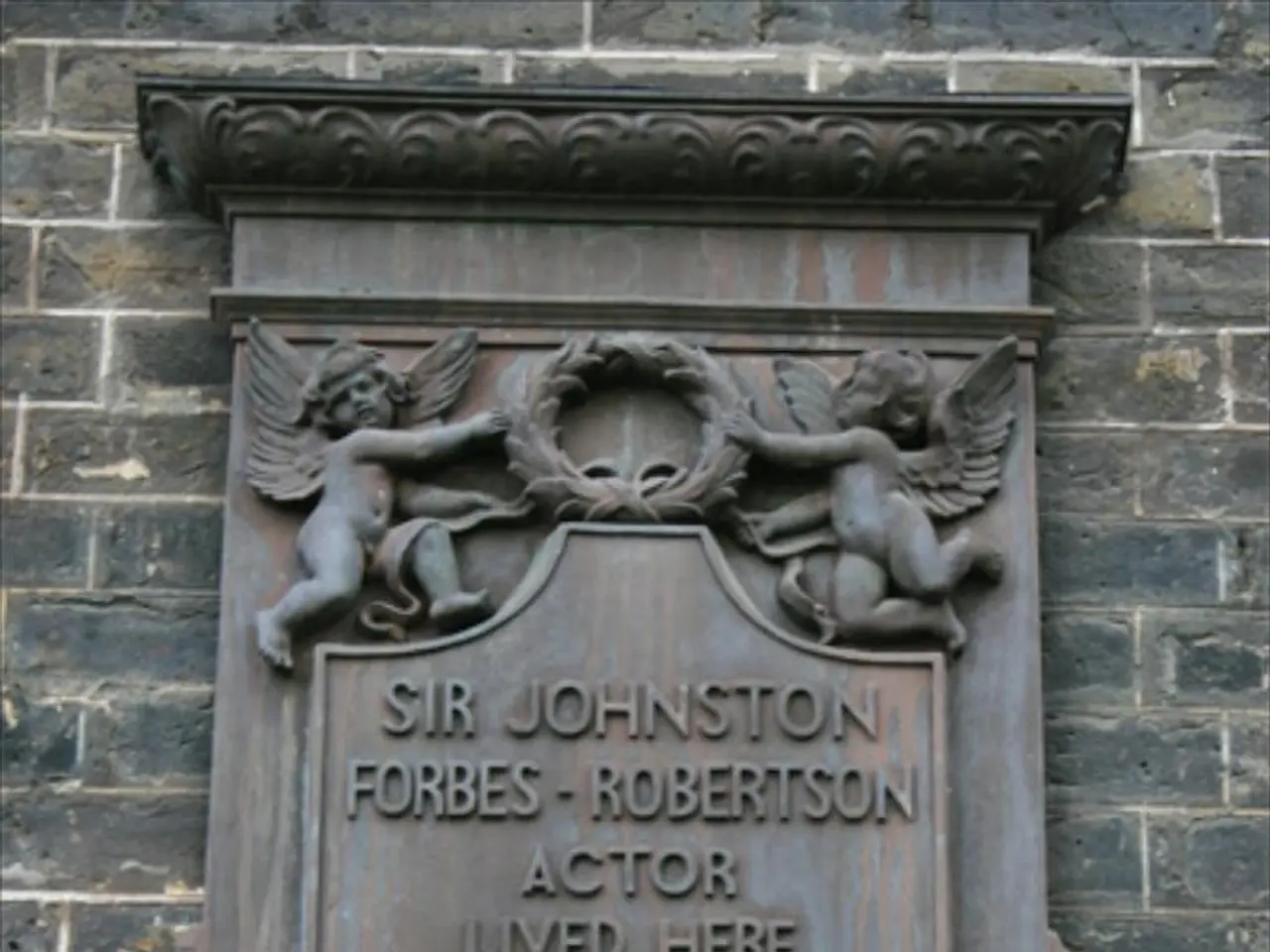Exploration of Norse Mythology Representations in Northern European Jewelry Designs
In the realm of Viking culture, symbols held deep spiritual, cultural, and practical significance, serving as a visual language that bridged the gap between the divine and the mundane. These symbols, rooted in Norse mythology, religion, and daily life, were used as sacred emblems and tools for communication or ritual.
One of the most enduring and recognized Norse symbols is Thor's Hammer, or Mjölnir. Beyond its physical representation of a mighty weapon, Mjölnir symbolized a tool of blessing and protection for the Vikings. They believed wearing Mjölnir would keep them safe from harm and bring them good luck. Additionally, Mjölnir was seen as a symbol of power over storms and lightning.
The Valknut, a mysterious symbol with three interwoven triangles, represents the ultimate connection between mortality and divine wisdom. Each triangle in the Valknut is said to symbolize the choice to live with honor. This symbol is associated with warriors, courage, cycles of existence, and the link between earthly and spiritual realms. Today, it also embodies honor, protection, and transition.
Runes, not merely an alphabet, were magical symbols used by seers, poets, and warriors. According to Norse mythology, Odin sacrificed himself on the World Tree to gain the knowledge of runes, which were believed to hold protective, divinatory, and powerful qualities. Runes symbolized voices that could protect the soul, predict the future, or channel spiritual power when inscribed on objects or worn as charms.
The Viking Horn symbolized feasting, fellowship, and social ritual. Drinking horns were central to communal gatherings, representing hospitality and divine inspiration, while blowing horns had practical uses in summoning or battlefield communication. Together they reflected important aspects of Viking social and religious life.
In contemporary jewelry design, these symbols are revived as meaningful motifs that connect wearers to the Viking heritage. For example, rune stones and their imagery inspire modern pieces that are seen not just as ornaments but as tools for wisdom, protection, or ritual practice in daily life. The aesthetic appeal of shapes like the Valknut, Thor's Hammer, and runes combined with their meanings makes them popular choices in jewelry, tattoos, and art, reflecting a modern engagement with Viking history and mythology.
Symbols like Mjölnir, the Valknut, and runes served as the Vikings' primary means of recording history, expressing religious beliefs, and marking important places and objects before they adopted the Latin alphabet. Special combinations of symbols could represent specific families or clans, helping preserve lineage and traditions across generations. The Nordic Compass (Vegvísir) is a powerful tool for spiritual and physical navigation, offering guidance through life's most challenging moments.
Yggdrasil, the World Tree, represents perhaps the most comprehensive symbol in Norse mythology, encompassing the entire universe within its branches and roots. The endless knot pattern shows how Vikings saw life as a continuous cycle, with each ending leading to a new beginning. Norse symbols, with their rich history and deep meaning, continue to captivate and inspire, bridging the gap between the past and the present.
- In contemporary society, symbols like Mjölnir, the Valknut, and runes persist in modern jewelry design, serving not only as aesthetic motifs but also asconnections to Viking heritage, symbolizing wisdom, protection, and ritual practices in daily life.
- The extensive museum of symbols in Viking culture ranges from fashion-and-beauty elements, such as Mjölnir and runes on jewelry, to educational-and-self-development tools, like the Nordic Compass (Vegvísir) for guidance, and home-and-garden décor featuring intricate imagery of the World Tree (Yggdrasil) and endless knot patterns.




